Playing outdoors, in the street, still a way of life in Cuba
In my many travels to Cuba, one of the things I discovered was that fishtail Cadillacs and Chevys weren’t the only relics on its roads that reminded me of the 1950s and 1960s.
So were the children who were playing in its streets.
On Havana’s side streets, children were playing baseball—sometimes with sturdy sticks instead of bats. Others were playing soccer.
In Parque Central and in the many parks and cobblestone streets that necklace it, children were running and playing street games that, decades ago in the U.S., ensured exhaustion would set in so that they wouldn’t stay awake past bedtime.
“Something I remember very fondly from my now-distant childhood is playing games on the streets,” wrote Ricardo Alberto Pérez for the travel website, www.lahabana.com. “It’s a fact that this is a Cuban characteristic and differentiates us from other places; our streets are very colorful because they are constantly being invaded by teens playing all kinds of games.”
Like Pérez, such memories also color my now-distant childhood.
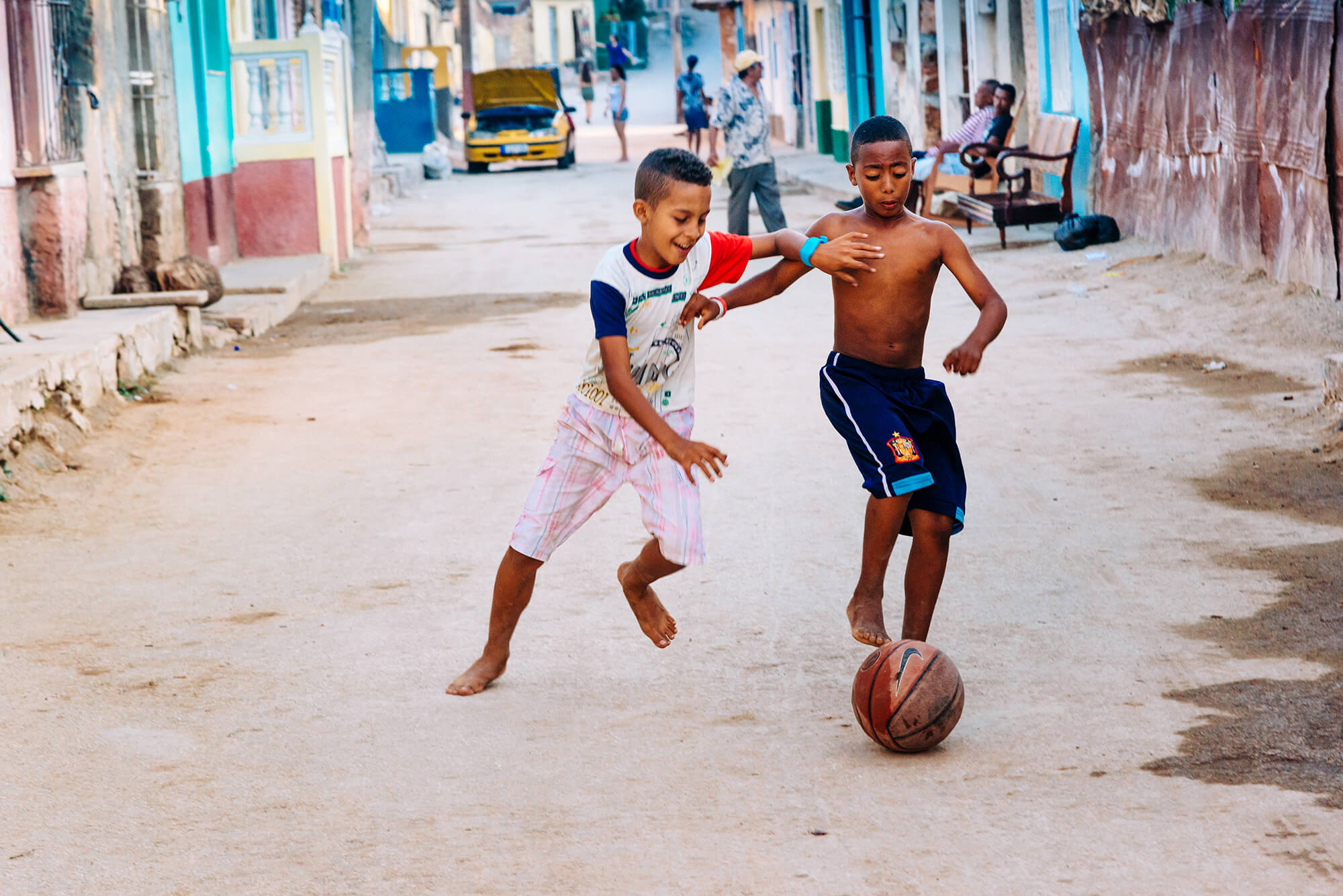
Soccer in the streets, Trinidad, Cuba
In the streets of Jacksonville, Florida, in the late 1960s and early 1970s, we’d play kickball, dodgeball and softball. We’d play “hanky in the walking,” a game which involved us gathering in a circle, while one of us would walk around, drop a handkerchief behind one of us, and that person would have to chase and catch handkerchief dropper before the handkerchief dropper took that person’s place in the circle.
But while that world may have long disappeared in much of the U.S., it remains, as Pérez described and as I witnessed, in much of Cuba.
And the physicality of it all, the fearlessness that Cuban children show in playing in streets and parks, holds lessons for us on this side of the Florida Straits to help children see the everyday outdoors, and by extension, nature, as an ally and not an enemy.
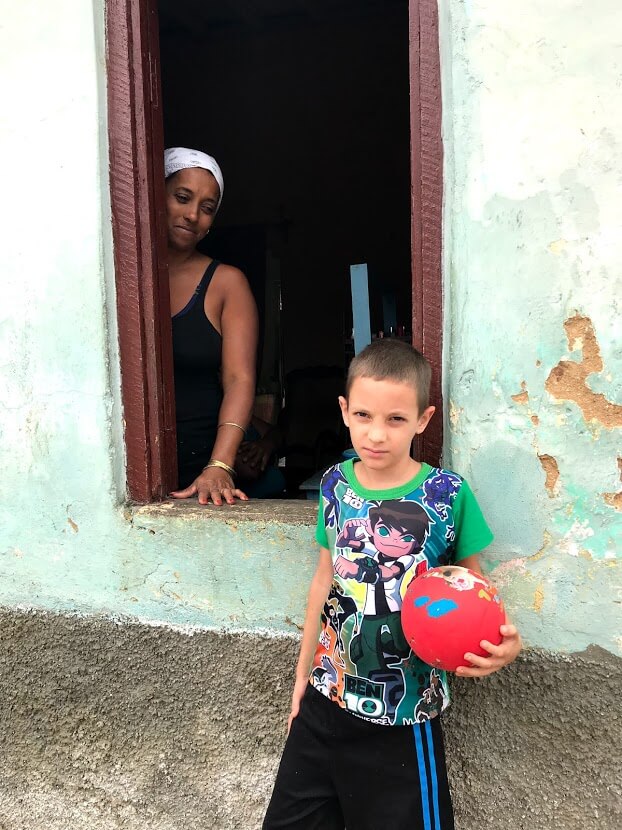
Fútbol player, Trinidad, Cuba | Photo by Monique Dubos
Few games to play indoors, lots to play outdoors
One obvious reason why more Cuban children are seen playing in the streets and outdoors is because they don’t have the same access to video games, social media and electronic gadgets that keep many U.S. children indoors.
Another reason is that outdoor play is fueled by what Cuban children learn in school.
In the primary grades, physical education is a compulsory subject, while in the U.S. only 69 percent of elementary schools require physical education.

Outdoor physical education class, Havana, Cuba
That may partly explain why, according to the CIA Factbook, Cuba ranks 56 among 192 countries for obesity prevalence, while the U.S. ranks 12. Being 56 isn’t gold-star worthy, but playing outdoors probably lessens the chances of Cuban children becoming obese adults.
Besides playing in the streets, Cuba also gets children outside by requiring them to have gardening experiences in school. That change occurred in 1997 during what was known as the Special Period. That was after the Soviet Union, Cuba’s main trading partner, collapsed in 1991 and Cuba was plunged into a depression.
Urban gardening began to be embraced as a way of survival and self-sufficiency. While Havana teachers in one case study said that the gardening experience mandate isn’t enforced, it still brings children outside like street games do, and connects them to nature.
Urban gardens, like many of the urban gardens in the U.S. are sprouting near streets throughout Havana.

Urban garden, Havana, Cuba | Photo by Tonyaa J. Weathersbee
And west of Havana, the connection between children and the outdoors thrives in Las Terrazas, a community in the province of Artemisa, which is becoming an international model for using natural resources to create sustainable development.
I visited a primary school there in 2013, nestled in the mountains and shrouded in banana trees and coconut palms. The children weren’t playing in the streets, but the ramshackle bleachers around the playing field were a testament to how Cuban children see play: it’s about being active in whatever environment they find themselves in.

Primary school playing field, Las Terrazas, Cuba | Photo by Tonyaa J. Weathersbe
So, will more children in the U.S. and elsewhere ever play in the streets again freely? In some places, that possibility is taking root.
Is street play being revived?
Since 2009, Playing Out, an international grassroots movement in Bristol, England, has been pushing the idea of children playing in the streets again.
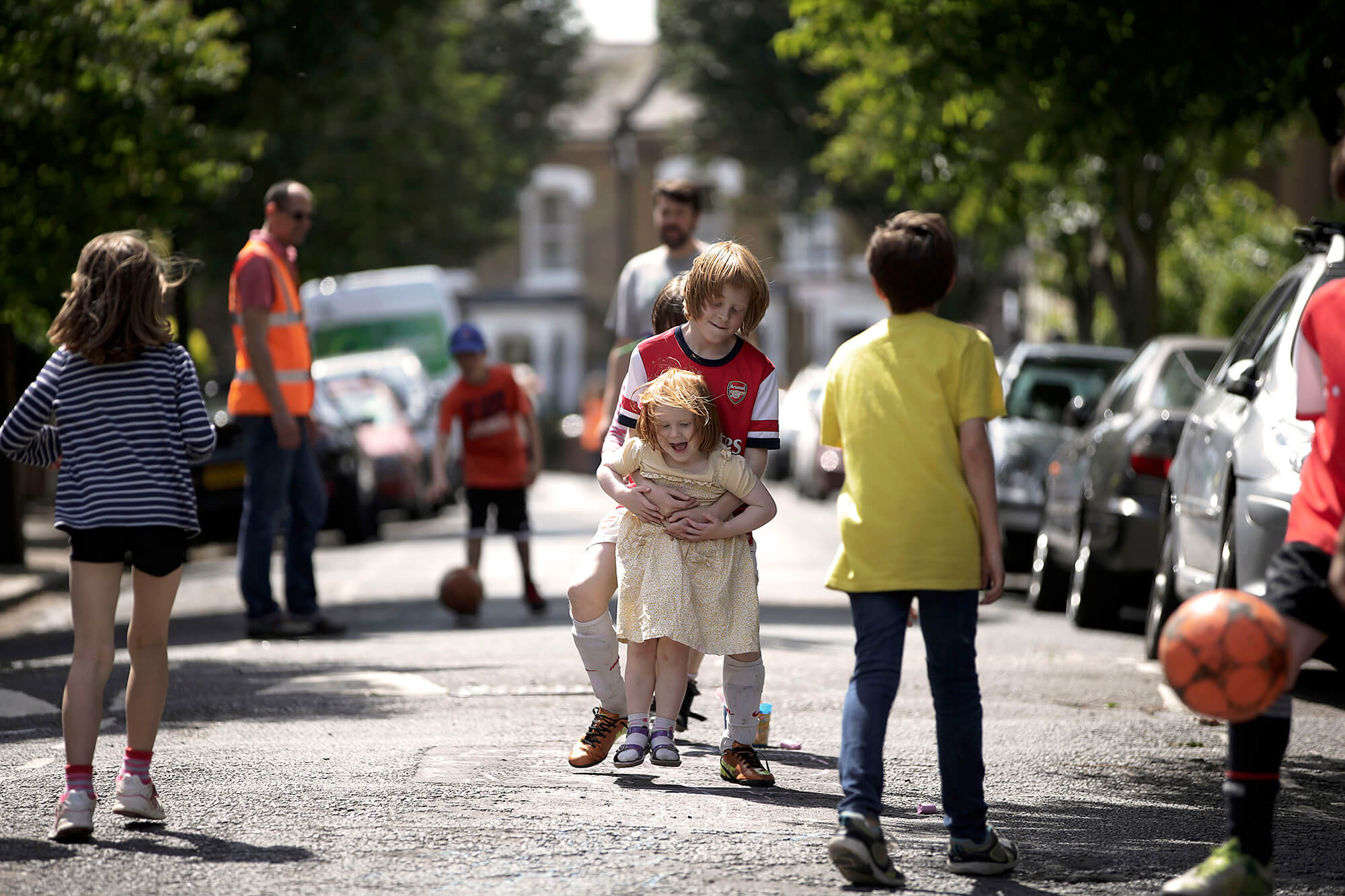
Children enjoying a play street in London, England | Photo by Playing Out, www.playingout.net
Among other things, it has advocated temporary street closures so that children can play outside and on their streets without having to travel to a park.
Playing Out is also rooted in the belief that children have a right to be able to play outdoors on the sidewalks and streets where they live as their parents and grandparents once did.
According to its website, Playing Out was also inspired by programs that were already being enacted in U.S. cities such as New York City and Philadelphia – which closes off streets for certain hours during the summer months so that children can play in them.
It’s wonderful that Playing Out, as well as New York, Philadelphia and other U.S. cities are looking at ways to revive street play; that they see the value in helping children see their immediate surroundings as something to be embraced and not feared.
Just as Cuba has done with old cars and old traditions – and waits for the rest of the world to catch up.
8 Comments
Submit a Comment
Playing Out, tools and resources to help “make your street a safe place to play”
Webinar: Supporting residents to run play streets, Playing Out
Philadelphia Parks & Recreation Play Streets, City of Philadelphia
Children’s Outdoor Bill of Rights toolkit
The benefits of playing outside, Vanessa LoBue, Psychology Today
Pathways for Play: Best Practice Guidelines, Playcore
Rewilding your kids: why playing outside should be a post-pandemic priority, J. Reilly and M. Tremblay, The Conversation UK
#playstreets
#summerofplay
-
Network News
POLICY UPDATE: Policy and advocacy for the children and nature movement
-
Voices
Binoculars, bald eagles and my journey as a Black birder
-
Richard Louv
THE WONDER BOWL: Ten Spring and Summer Nature Activities for Kids and Adults
-
Network News
Minneapolis Spotlight: The promise and possibilities of parks for youth
-
Voices
Why nature is my motherhood ally




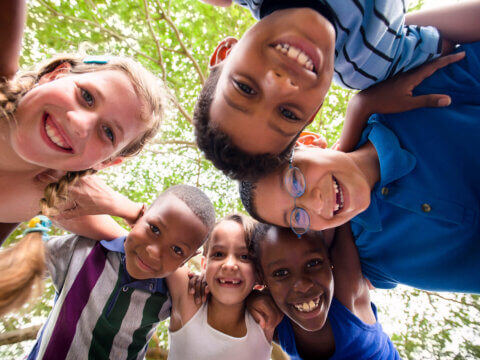
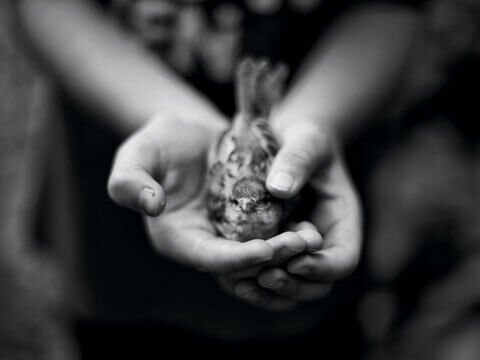
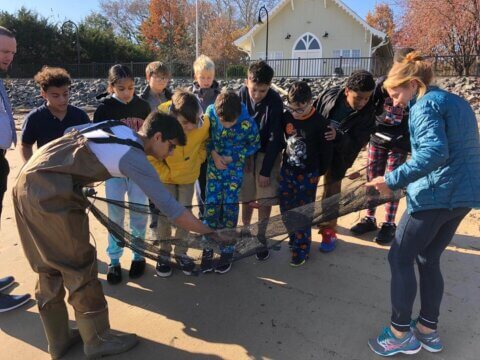
Thanks for this piece and the insights into street play in Cuba, and also for signposting the growth in interest in other parts of the world, including the UK (where I live). I was surprised the piece did not mention cars or traffic. I’ve never been to Cuba, but I know it has very low levels of car ownership (Wikipedia implies about 1/20th or 5% that of the US). This must mean low traffic levels, especially in residential areas. Experience of neighbourhoods around the world shows that when cars are out of the picture, children will play in the street. Reducing the speed and/or volume of traffic in streets where children live is the key too opening up neighbourhoods for playing and socializing, as I show in my recent book Urban Playground: How child-friendly planning and design can save cities.
Im sorry but as a Cuban I find your piece extremely short sighted. I grew up there until I was 15 and I can assure I didn’t played outside because it was good or encouraged. It was because there was no other alternative. I was a pretty introverted kid and loved to spend time reading or whenever I could get access to a computer i would do it but those were far between. The same thing you say helps kids stay in shape prevents them from even knowing what the internet is and all the good things it comes with it.
As for obesity, I spent up until my 16 birthday bordering on malnutrition despite eating anything that I could get my hands on, again, not due my own decision.
I think you should rethink the root causes of your article cause they are, with all the respect in the world, oblivious to certain aspects of Cuban life than cannot be ignored.
Thank you, Carlos, for your feedback. It helps us continue to improve Finding Nature News and we appreciate your time. Our writer for this story has spent time in Cuba as a Latin Scholar and has a deep respect and admiration for Cuba, as do I, but we recognize that the story represents just one perspective, different from yours as a Cuban citizen. When we discussed the story, I liked the premise that many countries have lost something fundamental about childhood that can still be found in Cuba, from the way physical education is still taught, to the ways in which Cuban youth still play together, informally, outdoors. I’m sorry that the story didn’t come across that way for you and that we didn’t cover topics more relevant to your experience growing up there. In no way did we intend to offend or not recognize other facets of life in Cuba, I hope that by publishing and responding to your comment, we are sharing a different point-of-view, and we thank you for sharing it.
I’m a little tired of seeing the same pictures, Cuba is the largest island in the Caribbean.
The pictures that I see on Facebook from my 500 friends don’t look anything like this, of course there are sections of Cuba that are dilapidated thanks to the blockade I really wish people would stop talking about my country when they don’t know what they’re talking about. We have a 500-year-old history. Get yourselves together. I received my degrees from New York colleges, and I taught anthropology at the Borough of Manhattan Community College.
Thank you for this message. We appreciate your feedback. Our writer for this story has spent time in Cuba as a Latin Scholar and has a deep respect and admiration for Cuba, as do I, but we recognize that the story represents just one perspective, which differs from yours as a Cuban citizen. When we discussed the story, I liked the premise that many countries have lost something fundamental about childhood that can still be found in Cuba, from the way physical education is still taught, to the ways in which Cuban youth still play together, informally, outdoors. I’m sorry that the story didn’t come across that way for you. In no way did we intend to offend or not recognize the long history and many accomplishments of your nation. We are always open to guest writers who can provide different points-of-view on the importance of nature connection. If you’d be interested in writing a piece for us, perhaps based on your expertise in anthropology or other, please feel free to contact us at editor@childrenandnature.org.
Obama approach with Cuba was
Correct and intelligent.
Cuban and Cuba is beautiful
With 500 years history.
Corporate America is the problems.
The people are everywhere same.
Open society and open borders
For everybody !
Let’s the people decided whether or
Not like the socialism or capitalism!
Estoy 100% de acuerdo con la autora sobre el tema de los beneficios para la juventud de jugar y corretiar afuera en las calles de los barrios y en los parques y campos abiertos. Pero lo encuentro interesante que la autora nunca indica la verdad de la destrucción económica de Cuba no es y nunca ha sido el embargo. La realidad es que la dictadura socialista de los Castros es la causa de la pobreza y el oprobio en Cuba. ¿Porqué la autora no viene a mi pueblo de Hialeah Florida y platica con algunos de los 100 mil cubanos que lograron escaparse de la “Utopia Socialista” para entender mejor lo que ha ocurrido en Cuba? La realidad es esta: lo mejor que se puede decir del gobierno de Cuba es que es no tan malo cómo Corea del Norte. ¡Imagínate!
Excellent & informative.